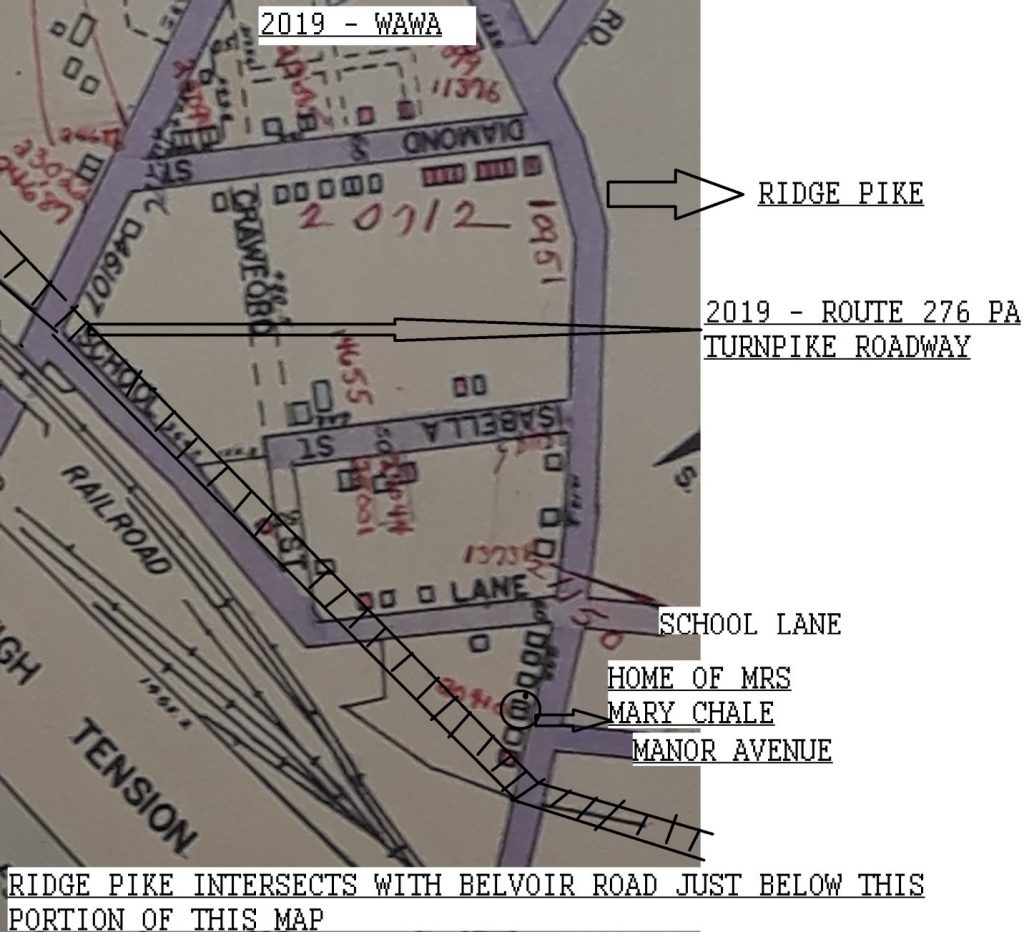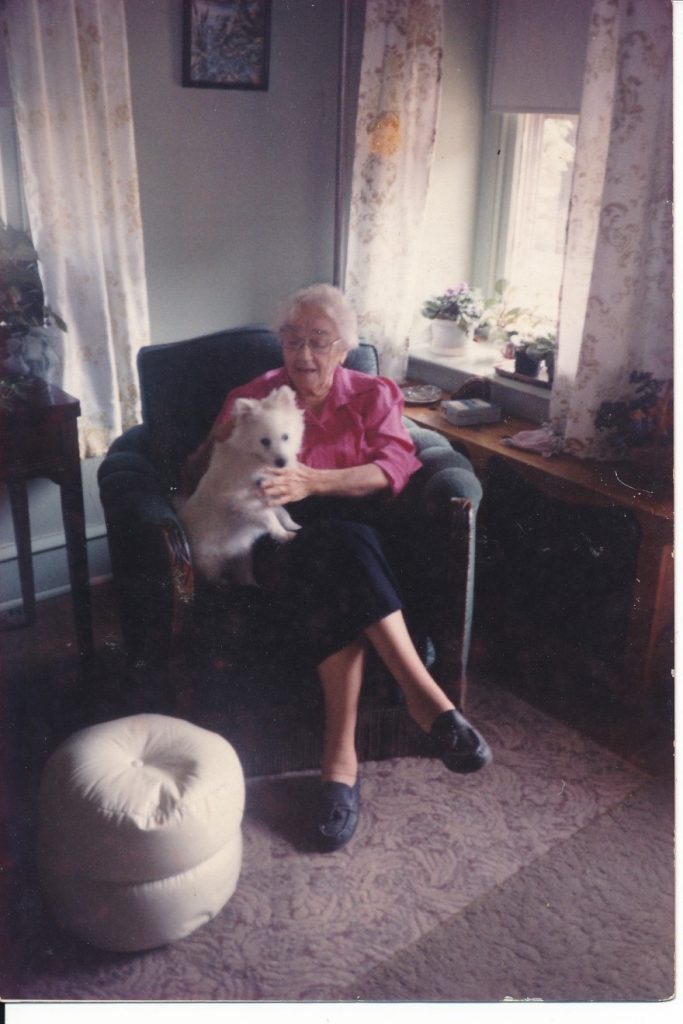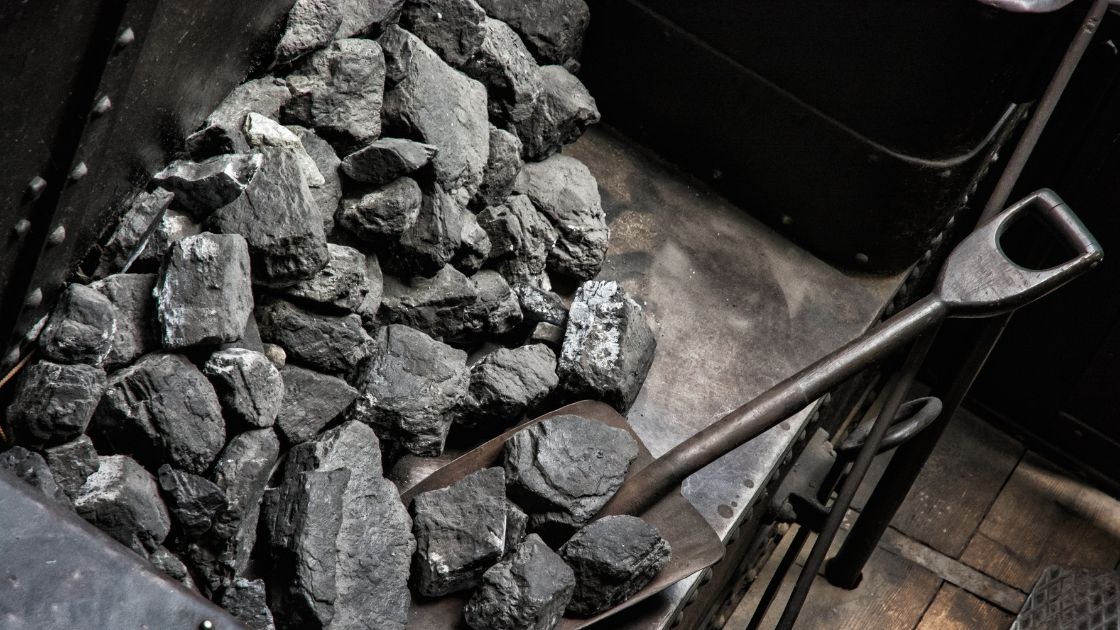Stories from the Conshohocken Historical Society – Series 2019, Volume 1
Did you ever think about taking a train to Plymouth Township for lunch? There was a time when at least a few special individuals could do exactly that. Sounds like it could not happen? Well read on and you will discover that there was a time when it did occur.
I found out about this “special” lunch express after talking to one of my Meals on Wheels friends who I have known for over 6 years. It is a story that is part of the oral history of his family. But this story is not only a good family story but is also one of those rare gems that provide a glimpse into the daily life of the residents of the Conshohocken/Plymouth Township area during the early part of the 20th century.
This story takes place sometime during the 1910s in Plymouth Township on Ridge Pike. Today you can find this story’s location by traveling on Ridge Pike starting at the intersection of Fairfield Road and Ridge Pike (this is the location of new Wawa) and continuing along Ridge towards Conshohocken. Ridge Pike will begin to descend and then gently ascend. You will pass on the right Isabelle Street and then School Street. After you crest a hill you will cross over the Pennsylvania Turnpike (Route 276). On the right where the turnpike roadway is currently located, there was a row of houses facing Ridge Pike. These houses were part of a community known as “Little Italy” because of the number of Italian immigrants who settled in this area. These houses are where this story takes place. Within a second of crossing over the turnpike, you will also cross over train tracks. These train tracks are also an important part of this story.
In the 1910s in one of the houses on Ridge Pike lived a little girl named Lucille Chale with her large family. Lucille’s house was located next to train tracks which were known then and today as the “Trenton Cutoff”. These tracks were built in 1892 to carry freight traffic from the Eastern part of the US toward Western Pennsylvania without traversing through the bottleneck of central Philadelphia.
Life was certainly less convenient during the 1910s but people were still people and still had some very basic needs. Among these basic needs were food and warmth. In particular, for this story the train engineers on the trains which traveled the Trenton Cutoff required nourishment. There were no McDonalds, Wawas, etc. so quickly stopping by one of these establishments was not an option. And Lucille’s family needed expensive fuel to heat their house in the winter. So how did the train engineers eat and how did Lucille’s family keep warm during the beginning part of the 20th century?
Well, where there is a will there is a way! Lucille’s mother, Mrs. Mary Chale, convinced the train engineers to stop their trains next to her house. Mary would then provide the train workers (which for a single train consisted of an engineer, a brakeman, and a conductor) lunch. This lunch would generally consist of sandwiches and warm homemade soup. Sounds like a good meal any time of the day!
Now the train workers could not afford to buy homemade lunch on a daily basis. So when the train workers finished their lunch and re-started their journey the train engineer would start moving the train and then stop. And start and stop. And start and stop. And so on. All of this starting and stopping would shake the train. And all of this shaking would cause coal to fall from the train and onto the sides of the tracks. At the beginning part of the 20th century, a great many houses used coal as their heating source. As did Lucille’s family. And Lucille, always ready to contribute along with her siblings, would gather the coal and use this coal to heat their house and the homes of their neighbors.



Lucille Chale eventually became Lucille Palatucci the mother of Dennis Palatucci who is my Meal on Wheels friend and who was gracious enough to tell me this story. Lucille’s house on Ridge Pike (along with most of her neighbors) fell victim to Pennsylvania Turnpike construction in the early 1950s. Mrs. Mary Chale, Lucille’s mother, passed away in 1957. Lucille passed away in 1997.
So there you are. A deal which made everyone happy. Food for the workers of the Plymouth Township lunchtime express in exchange for coal for the folks who lived along the train tracks in Plymouth Township. So the next time you cross over the Trenton Cutoff train tracks and the Pennsylvania Turnpike while traveling on Ridge Pike think of the Chale family and all their wonderful homemade lunches. These lunches not only kept the train workers content and happy but also ensured that the Chale household was warm and cozy for the winter.
Mike Poniatowicz – Conshohocken Historical Society – 8/5/2019

